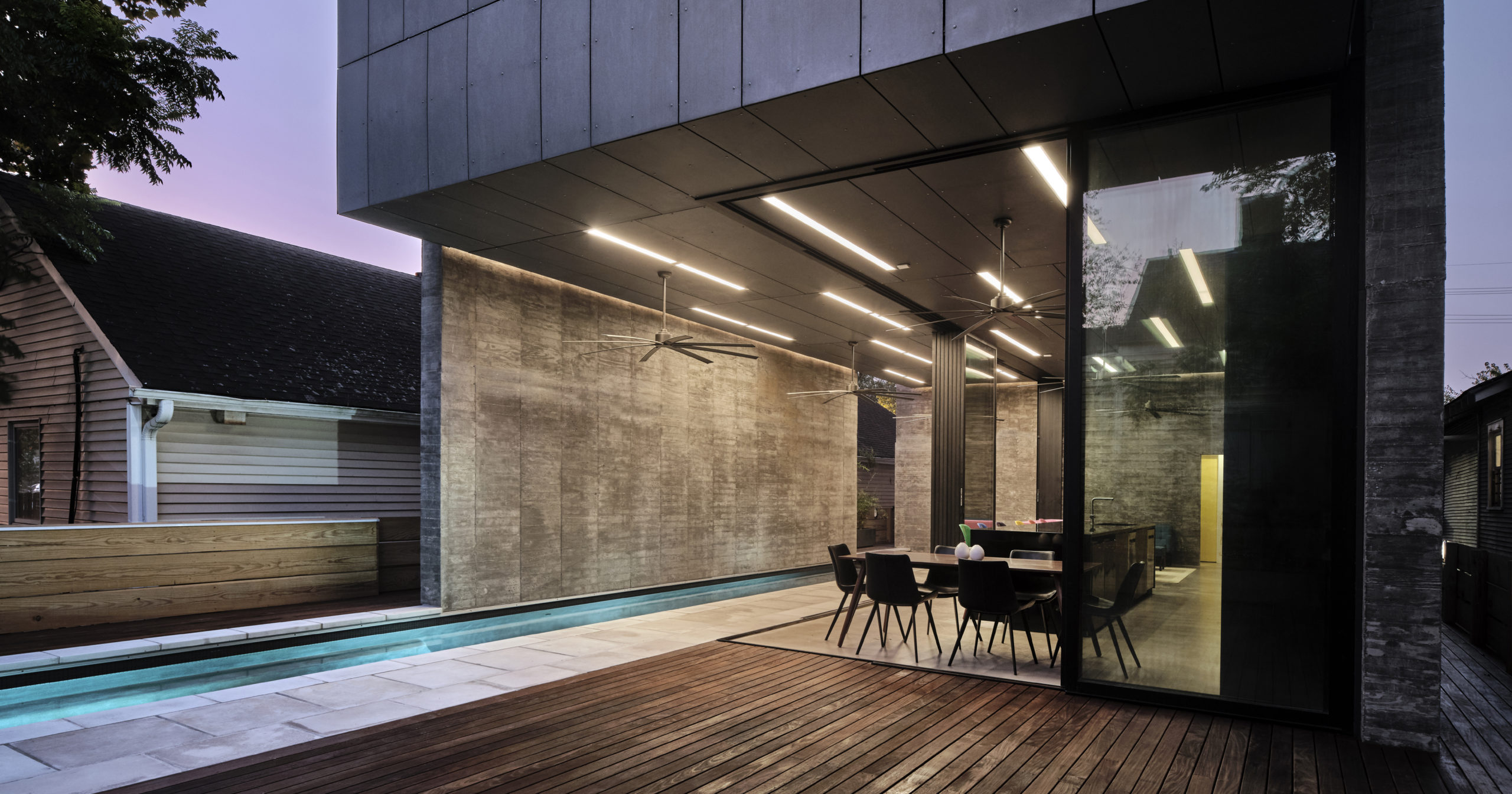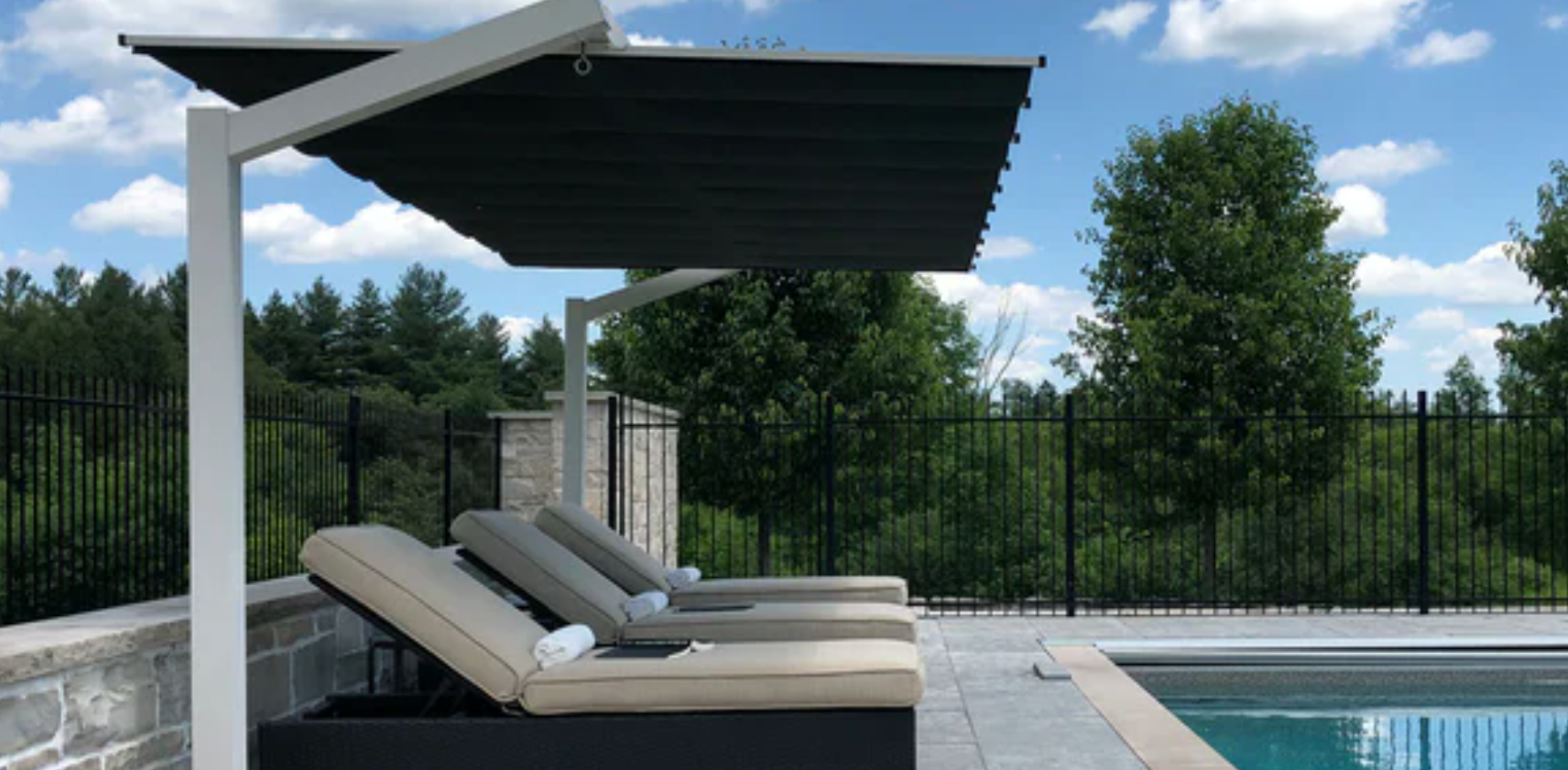Architects: Showcase your next project through Architizer and sign up for our inspirational newsletter.
Concrete is the most widely used manmade material today. From ancient buildings like the Pantheon and the Colosseum to incredible modern parametric and curvilinear designs, concrete transcends the conditions of climate and the traditions of style around the world. Today, concrete designs can be seen in any imaginable shape, size, and color. With concrete’s incredible history and limitless possibilities — not to mention its various textures, aggregates, and reinforcing materials — questions of style, context, and perception emerge.
These questions can be examined through the lens of individual nations like Japan. With careful attention to the haptic and ephemeral qualities of space, Japanese architecture emerges as a critical examination of the human condition. The following collection showcases the different methods by which architects organize and express concrete’s potential through unique façade designs. While the projects are drawn from a range of programs, scales and contexts, they all share a common material investigation and examination of the relationship between envelope and space, inside and outside.

© Mifune Design Studio

© Mifune Design Studio
House With Podocarpus by Mifune Design Studio, Osaka, Japan
Designed around a symbolic podocarpus tree, this house centers on the tree and its presence in the daily life of the inhabitants. Wind flows naturally through the structure while also providing a blurred and flexible living area. The simple concrete façade affords privacy while carefully housing sliding doors.

© Studio SUMO

© Studio SUMO
Mizuta Museum of Art by Studio SUMO, Saitama Prefecture, Japan
This museum was created on a university campus to show a collection of Japanese woodcuts. Moreover, the museum also needed to house contemporary works and artistic productions from the surrounding school and community. Slots of light along the façade recall the graphic method of depicting rain often found in prints.

© Daici Ano

© Daici Ano
Riverside House by Keiji Ashizawa Design, Chiba, Japan
Riverside House was designed as a weekend retreat in Chiba. The house is positioned parallel with the adjacent river on a sloping site. Weathering cedar and concrete along the façade help protect against the northern wind.

© EASTERN Design Office

© EASTERN Design Office
Horizontal House by EASTERN Design Office, Shiga Prefecture, Japan
Designed to carefully trace the boundary of the nearby village, this house was created as the face of the small settlement. The shape of the structure naturally extends the ancient stone wall that was on the site. The façade includes minimal fenestration toward the street and opens up along the more private elevations.


DAMIER by Satoshi Kurosaki, Higashiueno, Taito, Japan
This house is located in an older commercial district of Tokyo. The façade became an eye-catching checkerboard design for the corner location. Continuous spaces were created along the interior instead of dividing the spaces into smaller rooms.

© Furumori Koichi architectural design studio

© Furumori Koichi architectural design studio
Myoenji Columbarium by Furumori Koichi architectural design studio, Fukuoka, Japan
A columbarium design in Japan, the building is mainly used during limited periods. The structure is devoid of equipment, lighting, or windows. Light filters through the multiple-piled lattice timber roof above the smooth concrete façade.

© EASTERN Design Office

© EASTERN Design Office
Slit House by EASTERN Design Office, Shiga Prefecture, Japan
Slit house was designed as a challenge to the archetypical “window.” The entirety of the house and façade has no windows; instead, it has 60 thin slits along its length. Light is carefully controlled through the slits, heightening inhabitants’ sensitivity to light conditions and quality.
Architects: Showcase your next project through Architizer and sign up for our inspirational newsletter.




